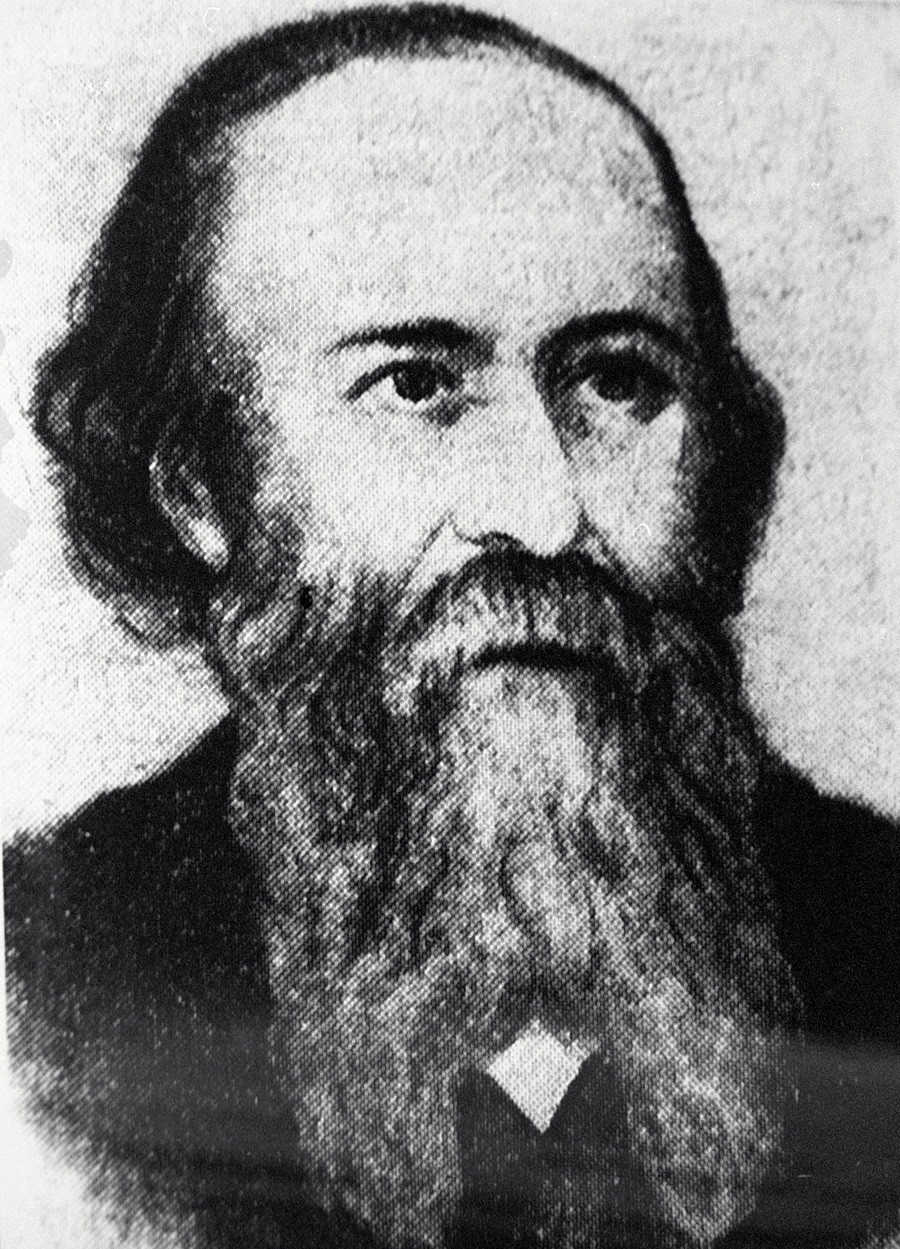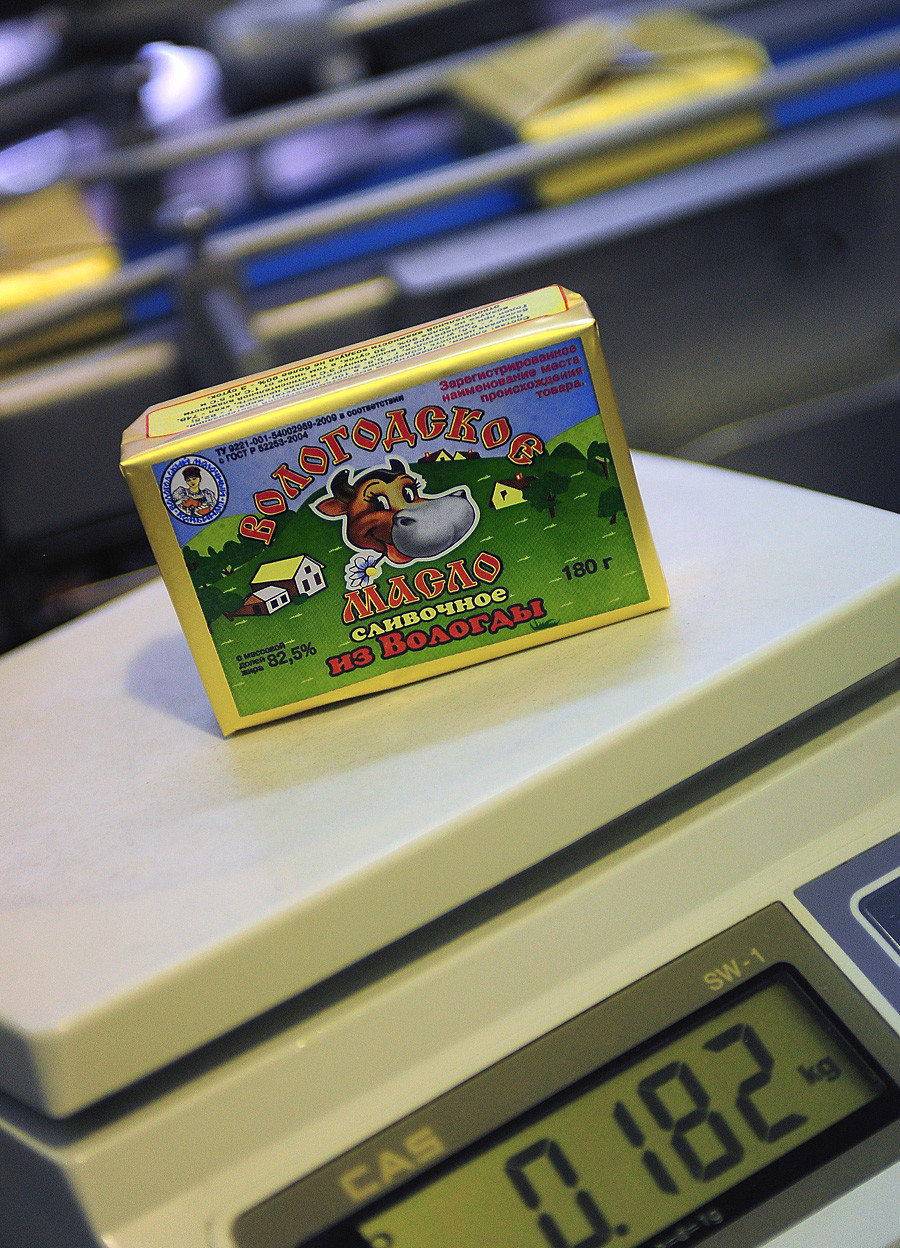5 tasty facts about Vologda butter that will make you hungry

Vologda butter is produced from cream subjected to a special heat treatment, which gives it an exquisite walnut flavor.
Legion MediaVologda butter is one of the most famous Russian foods and a true symbol of the Vologda Region. You need to try it! Here are five facts about the delicious thing.
1. The butter’s creator was the brother of artist Vasily Vereshchagin

Nikolai Vereshchagin.
Oleg Lastochkin/RIA NovostiVologda butter was created by Nikolai Vereshchagin, the elder brother of famous Russian war artist Vasily Vereshchagin, who painted the Apotheosis of War (1871). He was also one of the most expensive
Born in the town of Cherepovets (then part of the Novgorod Region, now it belongs to the Vologda Region), Nikolai Vereshchagin founded the butter and cheese making industry in the Russian Empire and set up peasants’ butter-making artels, which were cooperative associations. In the 1860s, Vereshchagin studied dairy industries in Switzerland, Denmark, and Germany before establishing several plants in the Vologda, Novgorod, Yaroslavl, and Tula regions. Before this Russians preferred melted butter, so Nikolai’s business was a turning point for dairy production in Russia.
2. Vologda butter was inspired by French butter
In 1870 at the World Fair in Paris, young entrepreneur Vereshchagin spotted butter from Normandy and its clear nutty taste inspired him. The next year he opened the first butter-making plant in the village of Molochnoe (“Dairy”), not far from Vologda.
Vereschagin suggested the new technology of butter-making using hot cream, that impacted the “nutty taste.” The milk for this butter only comes from local cows who are fed on Vologda motley grass - about 20-24 liters of milk makes one kg of butter. It’s was called “Parisian Sweet” but abroad it was known as “Petersburg” because it was only imported from the northern city. It wasn’t until Soviet times that it became “Vologda butter.”
3. The name belongs to the region

The milk for this butter only comes from local cows who are fed on Vologda motley grass.
Vladimir Smirnov/TASS4. The nutty taste disappears after 30 days
Russian consumer watchdog Roskachestvo said Vologda Butter is “quality and
The butter is smooth, doesn’t freeze in the refrigerator, becomes soft at room temperature and holds its shape. “Its taste is not bitter taste, it’s even a bit sweet,” said local resident Mikhail Krasnogorsky.
The butter is made from milk or cream, and sometimes some salt. There are two varieties: “
Because of its natural
5. Vologda butter is loved in Russia

The Vologda butter produced at the local plant.
Vladimir Smirnov/TASS“I like our butter for its quality,” said Krasnogorsky. “You are always sure it will be tasty. And you can give it to your friends from other cities.”
Local plants also produce ice creams and chocolate butter based from Vologda butter that’s especially liked by children - it’s also a great option for breakfast!
If using any of Russia Beyond's content, partly or in full, always provide an active hyperlink to the original material.
Subscribe
to our newsletter!
Get the week's best stories straight to your inbox